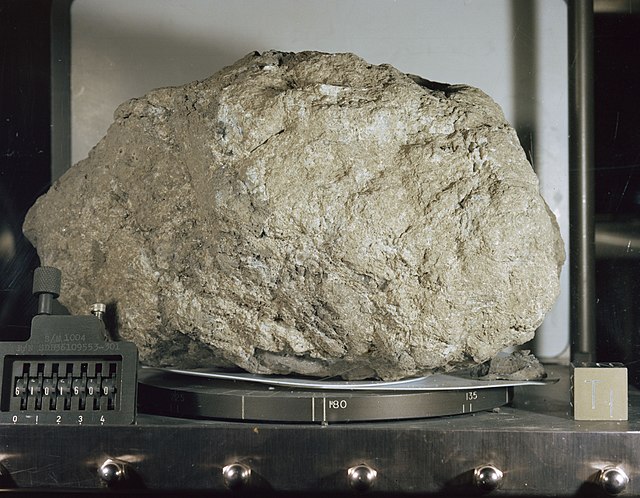The Hollow Moon and the closely related Spaceship Moon are pseudoscientific hypotheses that propose that Earth's Moon is either wholly hollow or otherwise contains a substantial interior space. No scientific evidence exists to support the idea; seismic observations and other data collected since spacecraft began to orbit or land on the Moon indicate that it has a thin crust, extensive mantle and small, dense core. Overall it is much less dense than Earth.
Speculative cutaway model of a Spaceship Moon
Schematic cross-section of the internal structure of the Moon
The origin of the Moon is usually explained by a Mars-sized body striking the Earth, creating a debris ring that eventually collected into a single natural satellite, the Moon, but there are a number of variations on this giant-impact hypothesis, as well as alternative explanations, and research continues into how the Moon came to be formed. Other proposed scenarios include captured body, fission, formed together, planetesimal collisions, and collision theories.
The Moon's heavily cratered far-side
Lunar sample 61016, better known as "Big Muley"
Ancient rift valleys – rectangular structure (visible – topography – GRAIL gravity gradients) (October 1, 2014).
Ancient rift valleys – context.






